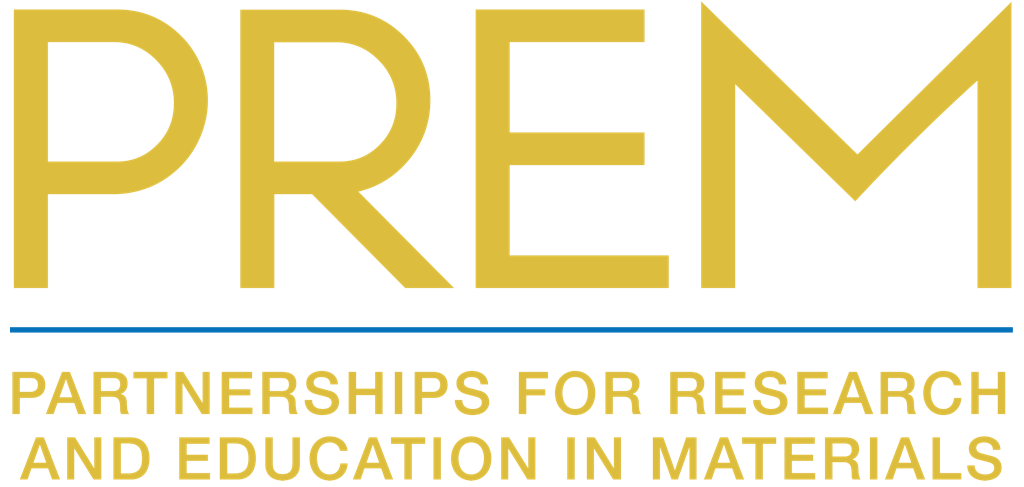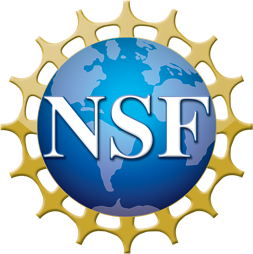What is PREM?
Building Diversity in Materials Research
The main goal of Partnerships for Research and Education in Materials (PREM) is to enhance diversity in materials research and education by stimulating the development of formal, long-term, collaborative research and education partnerships between minority-serving colleges and universities and the NSF Division of Materials Research (DMR)-supported centers and facilities.
The National Science Foundation’s mandate to ensure the vitality of the Nation’s scientific and engineering enterprise includes concerns for the quality of and access to materials research and education for all Americans. Within this context, it is recognized that minority-serving colleges and universities coupled to DMR-supported centers and facilities represent a unique opportunity for improving minority access to careers in materials research. Traditionally, minority-serving colleges and universities are the leading sources of degrees in materials-related fields awarded to underrepresented minorities in science and engineering in the US. The PREM activity is intended to enhance the quantity and quality of materials research opportunities for students and faculty members at participating minority-serving colleges and universities.
PREM programs are showing promising results by increasing recruitment, retention and degree attainment by members of groups underrepresented in materials research. Collaborative research efforts and innovative educational programs are proving to be mutually beneficial for minority-serving institutions and DMR-centers and programs. The PREM centers sponsor a variety of activities that include: support for post-doctoral fellows, graduate, undergraduate and HS students in research; training and mentoring students to pursue careers in materials research; faculty and student exchanges; and the implementation of new courses and programs. Some have incorporated the use of cyber-science and cyber infrastructure into their programs to deliver course content to and from the partner institution. The centers are also actively involved in outreach activities for the communities they serve.



